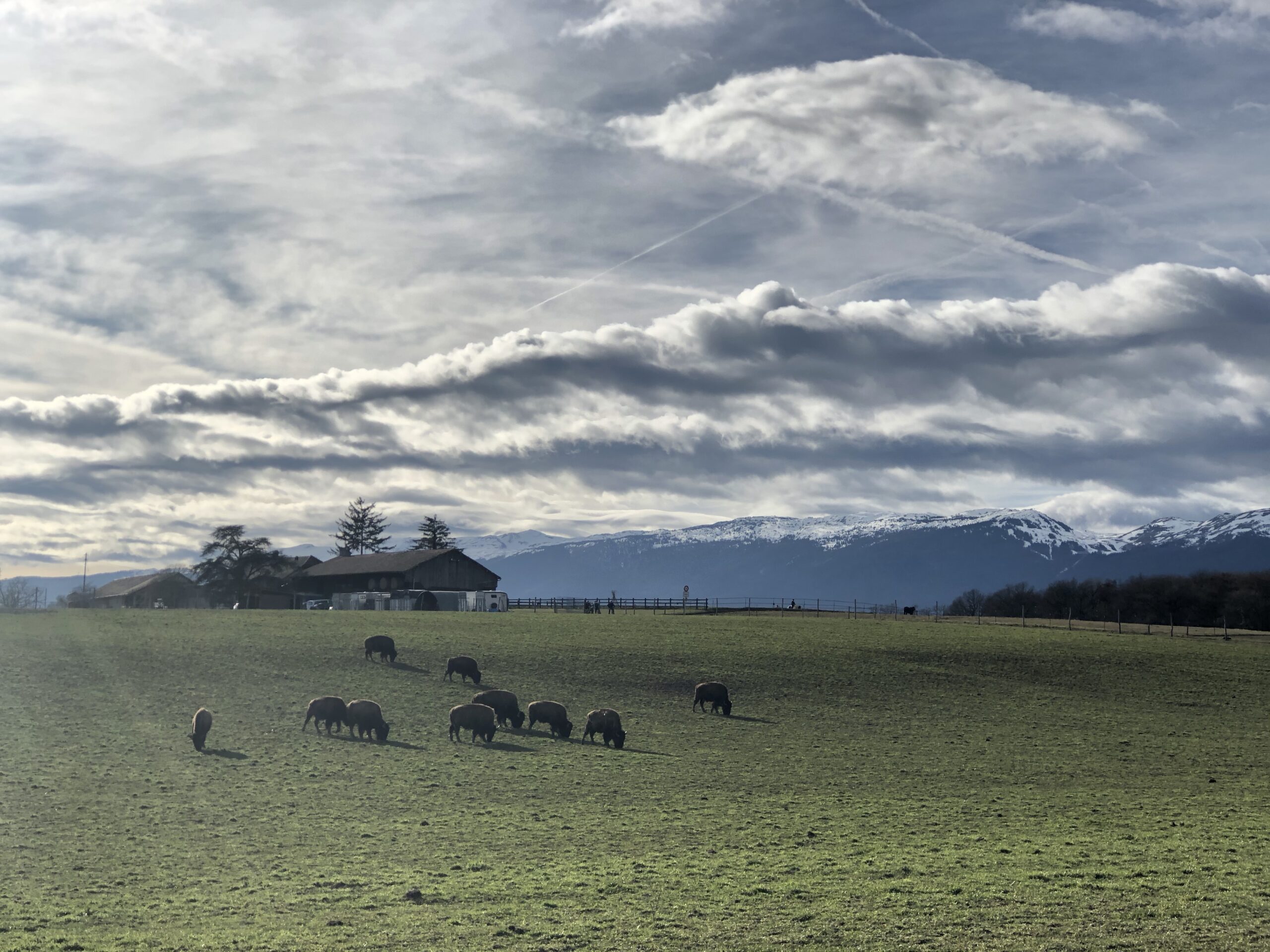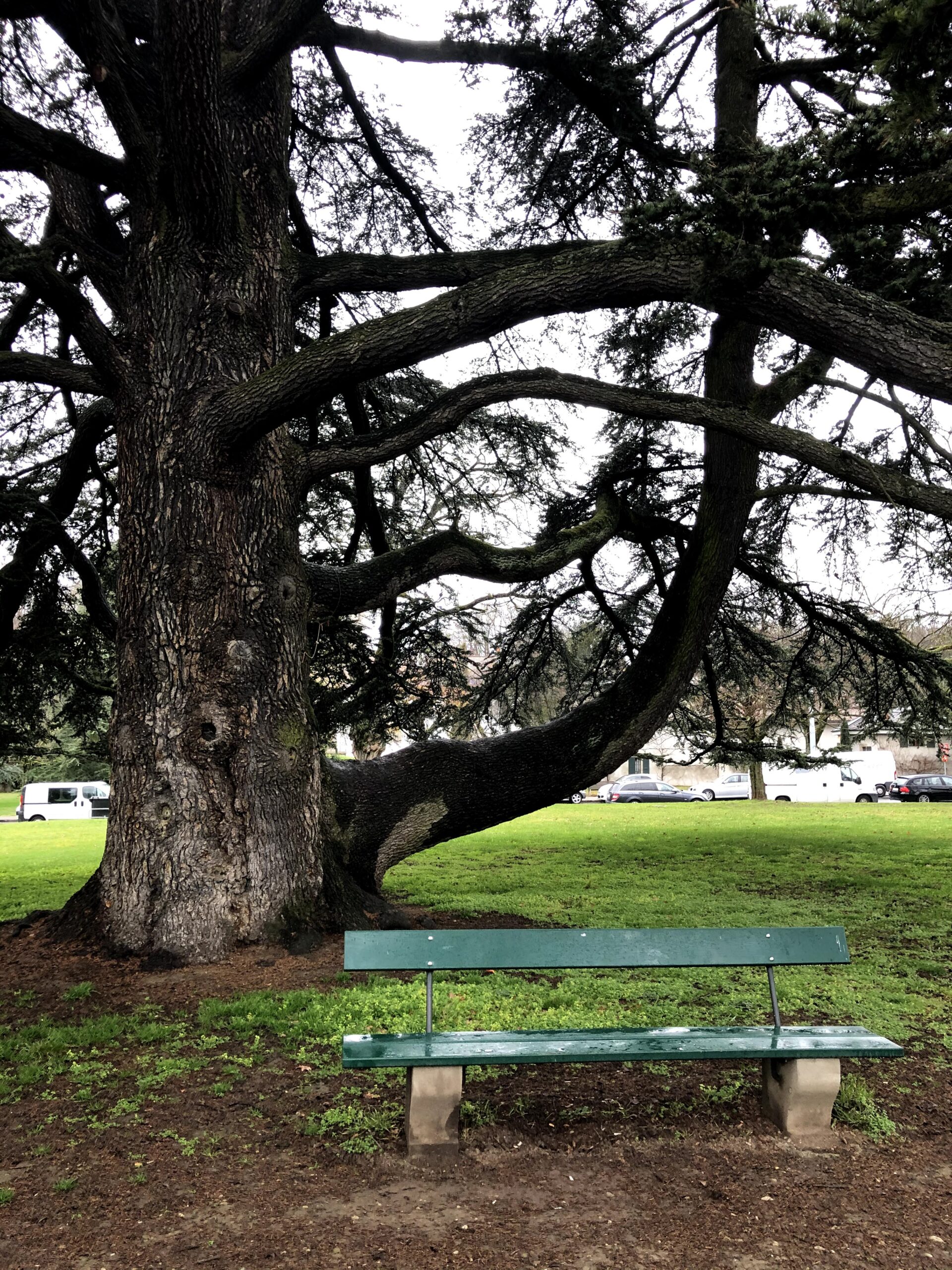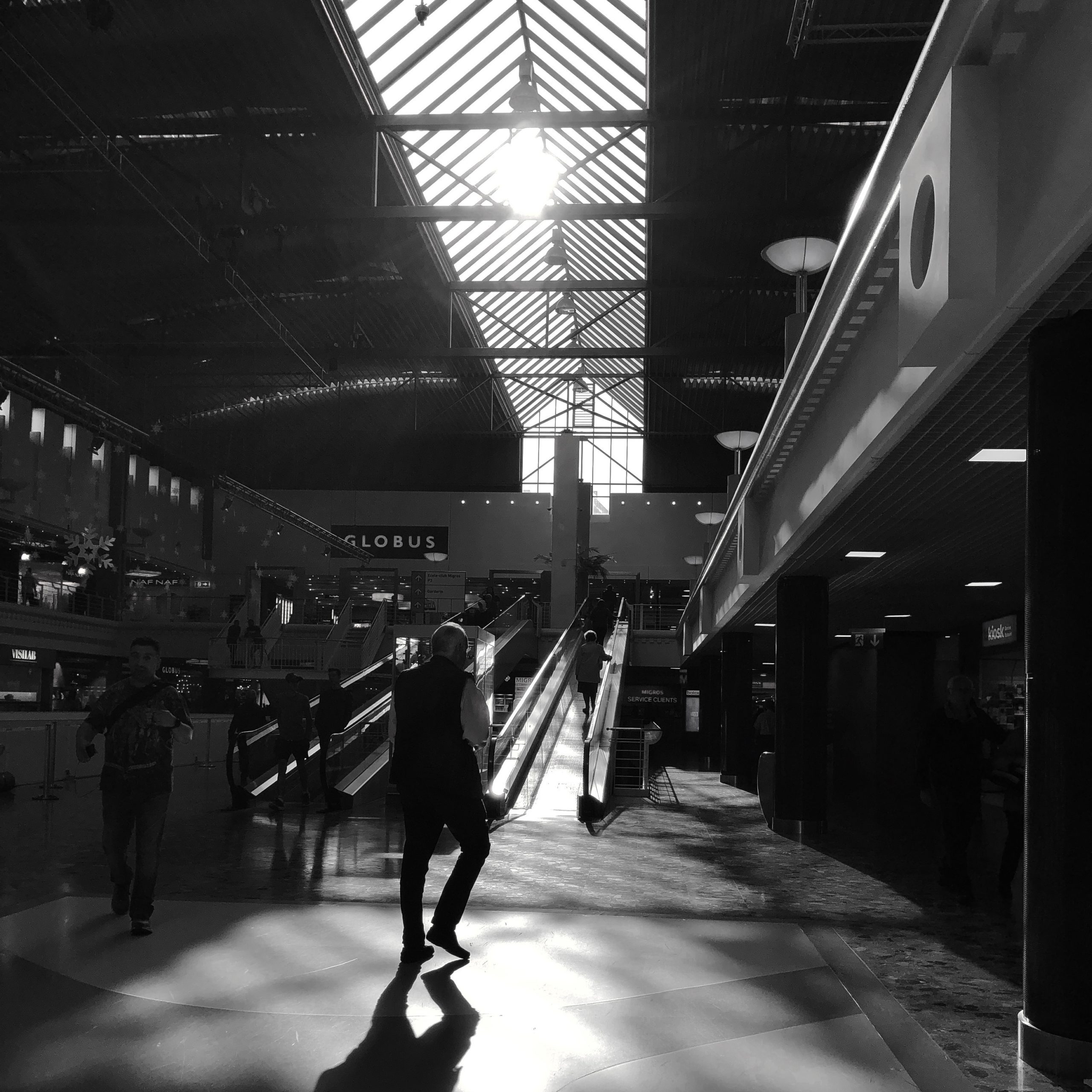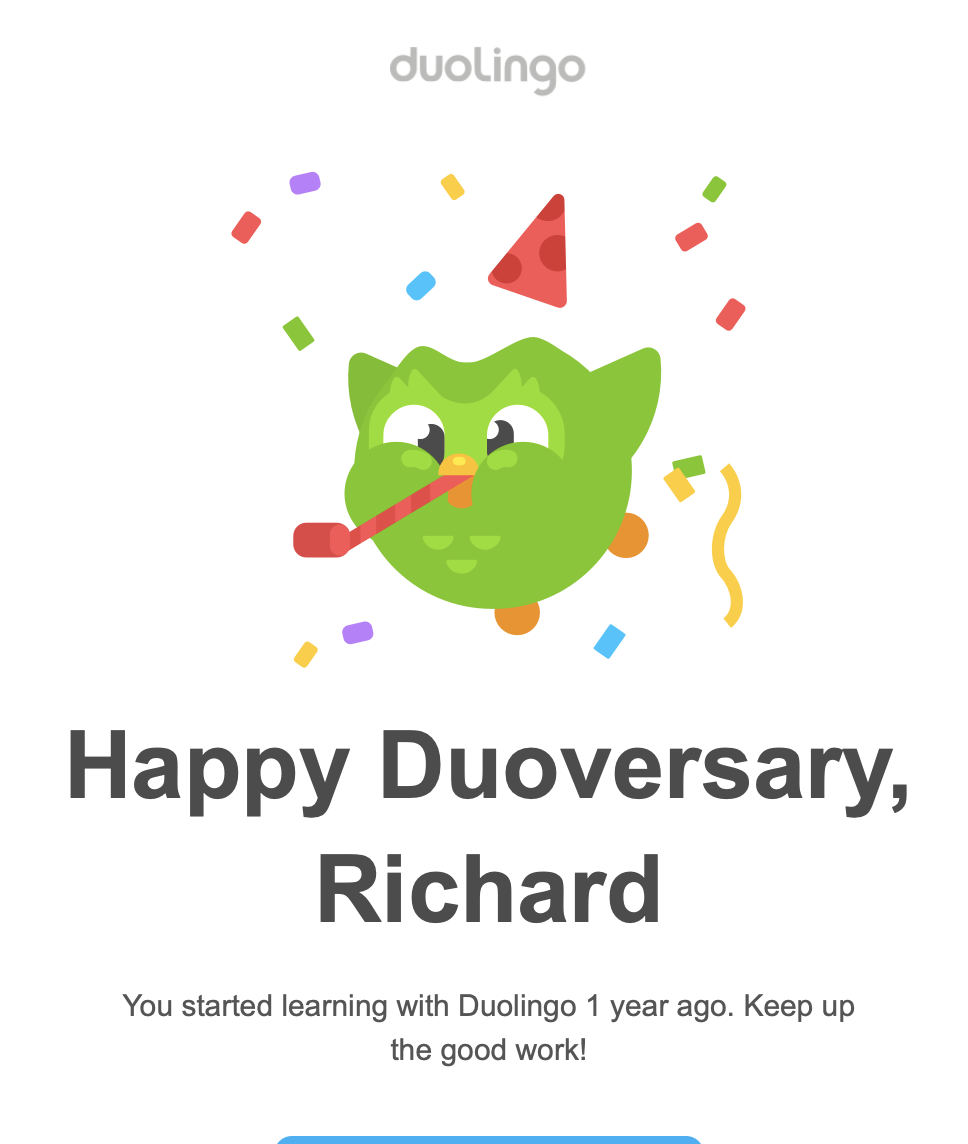Month: February 2020
-
Books I Am Reading.
Reading Time: 3 minutesI usually read several books at a time. This is because I start books but find that my interest is drawn to another topic. As these are usually factual books I can afford to take a break from one book and return to it later. The Aeronaut: Travels in the Air I…
-
Interdependence – An environmental film in eleven parts
Reading Time: 3 minutesLast night I went to see Interdependence, an environmental film in eleven parts. It is a collection of short films that explore environmental themes around the topics of air, water, and earth. When I watched one part it reminded me of Les Vacances de Mr Hulot, a french film from 1953. It…
-

An Ingress Bike ride that passed by bisons
Reading Time: 3 minutesYesterday I went on an Ingress bike tide that passed by bison. I went from Nyon to Mies and from Mies up towards Gex, and before getting to Gex, I turned towards Divonne where I met an Ingress player before heading home, as the sun was setting. I went out in the…
-

Walking And Finding Old Trees
Reading Time: 3 minutesWalking and finding old trees is still possible if you look around. If you’re attentive you can find trees that are hundreds of years old. They are massive compared to younger trees. Their trunk is broad and their branches are complex. If you walk around the Mediterranean you will find thousand-year-old olive…
-
Of Twitter Threads (mice) and Blog Posts (Humans).
Reading Time: 3 minutesWith the sentence “Of Twitter threads (Mice) and Blog Posts (Humans)” you’ll see that I’ve done two things. The first is that I’ve modernised a well-known book title to draw parallels with the practices of writing Twitter threads and blog posts. People write twitter threads because they think that it’s fast, convenient,…
-
Ingress Walks – A 12km path to Level 13
Reading Time: 4 minutesI stopped playing Ingress a few years ago because of how much time it requires. I have started going on Ingress walks again – a 12km path to level 13 in yesterday’s case, because I’m combining the daily walk that I would do anyway, with listening to podcasts and audiobooks, anyway. By…
-

Video Podcasts as a way to avoid Algorithms
Reading Time: 3 minutesToday I opened YouTube, looked at the choice of videos and thought “I don’t feel like watching any of this content because of its headlines”, whilst eating lunch. Instead, I tried something less habitual. I opened the podcast app on my laptop and looked for videos that might be interesting. I ended…
-

It’s my Duoversary
Reading Time: 2 minutesA year ago today I signed up to Duolingo and started studying German on a daily basis, and occasionally played with other languages. I complimented this with listening to podcasts in German almost daily and making other attempts to learn languages. I went from trying to get fifty experience points a day…
-
Objectified – A Design Documentary Split Into Individual Interviews.
Reading Time: 2 minutesObjectified is a documentary about industrial design that has been divided into interviews with individuals about a diversity of designs, from the casing of the Mac Book Pro to chairs, a CD player that behaves like a fan and much more. On Linkedin, this documentary has been cut up and split into…